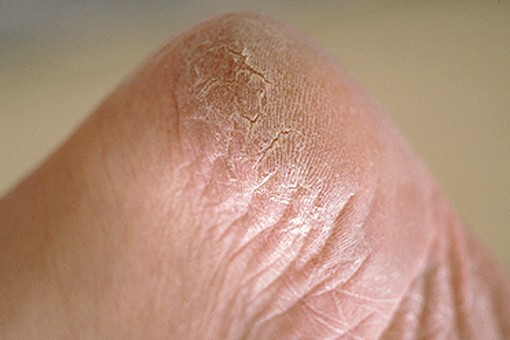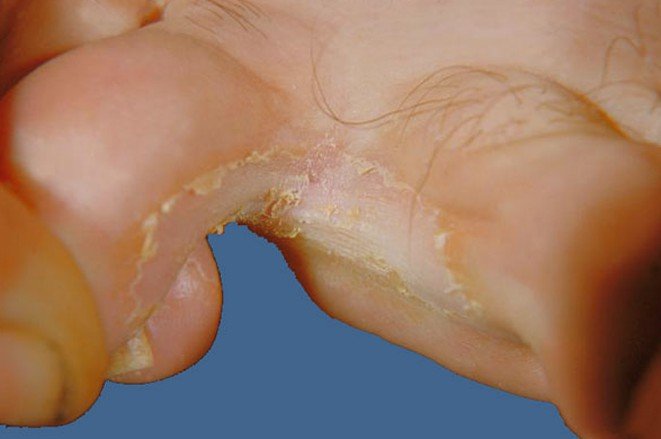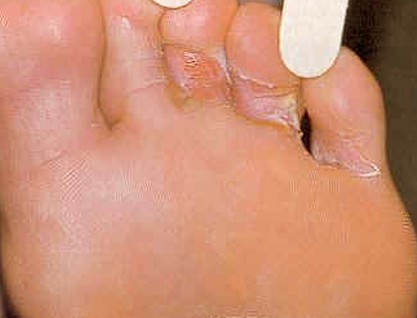Foot Fungus
Last reviewed by Dr. Raj MD on January 12th, 2022.
What is Foot fungus?
This is a spreadable medical disease and is most commonly referred to as athlete’s foot but there are also other types.
It is a fungal infection that can affect different parts of your foot. It is a medical problem that commonly survives in areas that are moist and warm.
Types of Foot Fungus
- Candida nail infection – although this is considered a foot fungus it will more frequently appear on your fingernails than on your toenails.
- Proximal subungual onychomycosis – this is not a common foot fungus but if you are one who has HIV this can happen to them.
- Distal subungual onychomycosis – it is what is referred to as athlete’s feet.
- White superficial onychomycosis – this foot fungus is a type of infection that is common among many people and is one that is easy to cure.
Symptoms of Foot Fungus
Most of the time when a person has a foot fungus it will start to develop between their toes before it starts to spread to their arch, heel, and soul of their foot.
Sometimes it will turn the bottom of your foot to become flakey, red, and scaly. Foot fungus can also cause blisters in extreme instances. If it begins to spread to other parts of your both it is known as ringworm.
Each type of foot fungus has their own set of symptoms which include:
Candida nail infection
- Nail plate will detach from your nail bed
- Nails turn yellowish or green in color
- Nails will look opaque when looking at them
- Nails will start to fold inward. They will start to become inflamed and swollen. It looks like you have an ingrown toenail but much worse.
Proximal subungual onychomycosis
- It starts to go deeper in the layers of your nail until the fungus gets to the surface of your skin causing an infection from inside.
- Nail will pull away from the proximal nail fold which will usually cause you pain.
- Your toe nails will discolor having a white or yellowish formation near your cuticle.
- The part of your nail at the end will thicken, look crusty and becomes deformed.
Distal subungual onychomycosis
- Nails will turn colors of yellow, green or white. There are some cases that the nails can have a mix of all colors
- Tips of your nails are what is mostly affected with the foot fungus appearing between the spaces of the toe and nail tip
- Nails have a thick texture and turn round
- Dead dry matter will build up between your nail bed and nail palate
- Nail palate will later start to pull away from your skin that is beneath it.
- In rare incidents you will have pain.
- Nail top is uneven
White superficial onychomycosis
- The start of this infection is usually is signaled by white spots. Over the nail top a crust that is powdery looking will start to form
- Initially the white matter that forms on the top of your nail you will be able to just rub it away.
- The nail top becomes deformed and turns crusty. It looks like your nail is starting to break apart.
Causes of Foot Fungus
When a person has foot fungus it will usually attack your skin and nails which are referred to as dermatophytes. They cause diseases that are parasitic in nature. Onychomycosis is the scientific terminology for nail fungus. There are many different causes of foot fungus. Many times what the cause is depends on what type of foot fungus you have.
- Candida nail infection – what is responsible for this type of foot fungus is yeast called Candida and is the worse type of fungal infection to have.
- Proximal subungual onychomycosis – dermatophytes is the main culprit that causes this type of foot fungus.
- Distal subungual onychomycosis – this foot fungus infection is caused by an organism called trichophyton rubrum
- White superficial onychomycosis – trichophyton mentagrophytes is the organism that causes this type of foot fungus.
Other causes of foot fungus that can affect your toenails can include:
- Have trauma to your toenails
- Peripheral vascular disease
- Saunas and spas
- Genetics
- Wearing underwear that is closed off and tight
- Diabetes
- Showering in public places like dressing rooms at public pools, gyms, schools, etc.
- Activities that involve exertion
Treatment
Because many times when a person has foot fungus it involves their toe nails. One important thing that is important to look for is the source of the problem that causes the fungi to multiply. If you have toenail fungus the treatment that is normally used will be to use anti-fungal medications, which can help.
Some of the medications that are used to treat foot fungus contain these ingredients so look at the over-the-counter medications to see if any of these ingredients are in there. Many times the medication used to treat athlete’s foot can be used for other types of foot fungus infections.
Your physician may also prescribe stronger antifungal medications with any of these ingredients.
- Itraconazole
- Ciclopirox
- Itraconazole
- Fluconazole
- Ketoconazole
- Clotrimazole
- Terbinafine hydrochloride – you find this medication with this ingredient that is sold as the brand name medication called Lamisil. This medication can give you relief in approximately fourteen days but may not clear completely in this time frame.
With over-the-counter medications you will need to make sure that you are using it for several weeks in order to make sure that the infection is totally cleared up. If over-the-counter medications do not clear it up you should see your dermatologist or physician for stronger medication.
For case of white superficial onychomycosis you may be prescribed topical creams in order to stop the fungus from infecting your toenails any further. You can help foot fungus from recurring or even happening in the first place by practicing good hygiene.
Make sure that your feet along with your shoes dry and cool. After a shower dry your feet good, especially between your toes. Also wear some type of footwear when you are using public showers. You want to make sure that you can wear the footwear into the shower.
If you are subjected to repeated foot fungus you may need to use regular or medicated talcum powder on your feet to help keep them dry.




